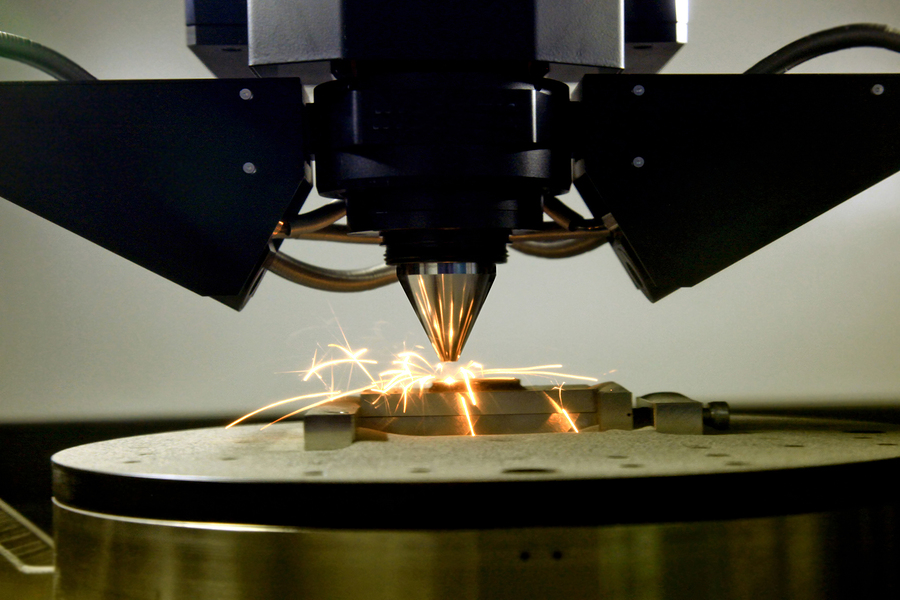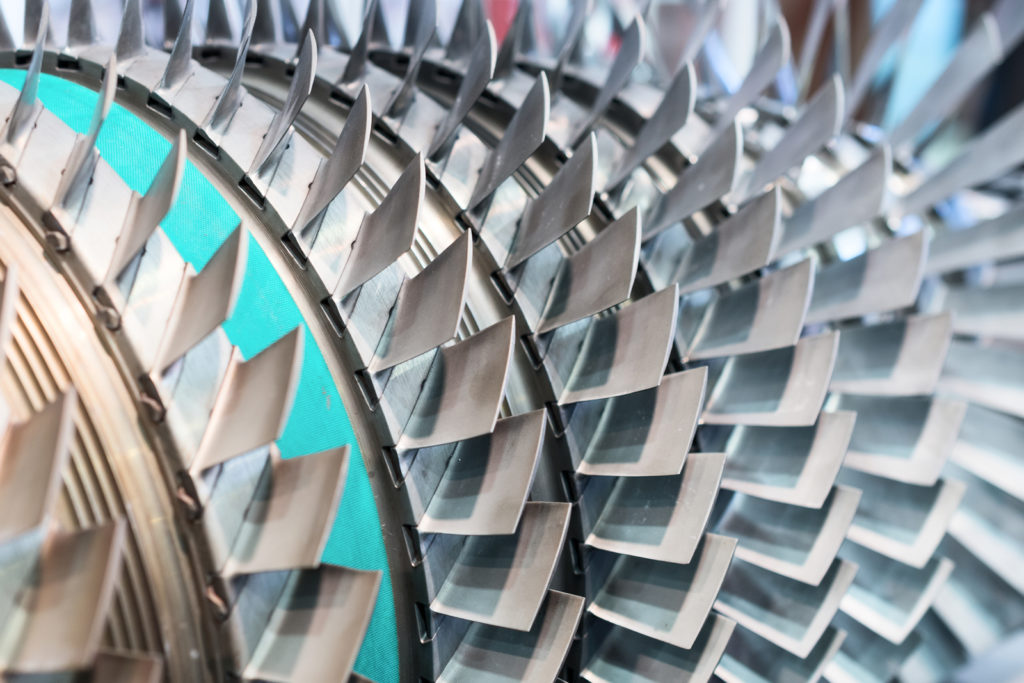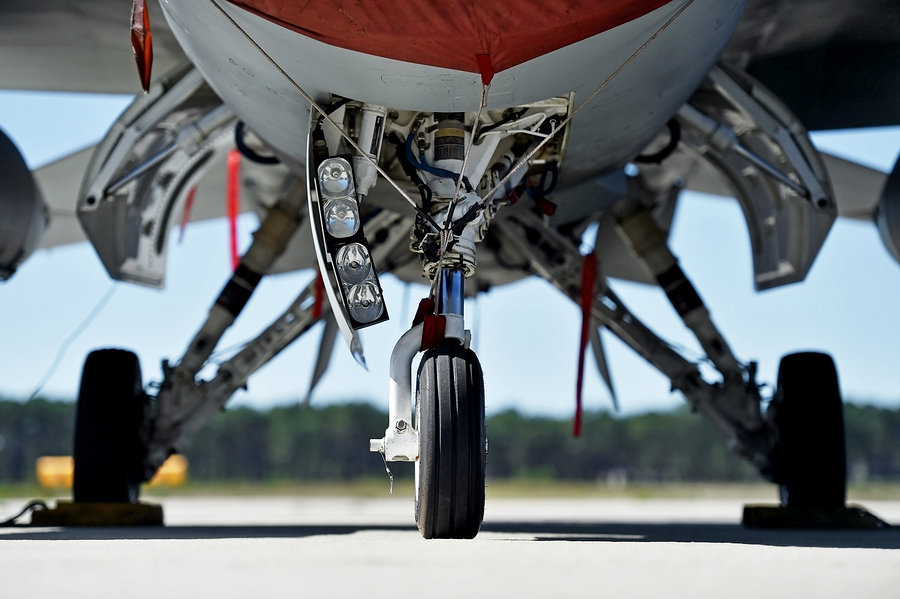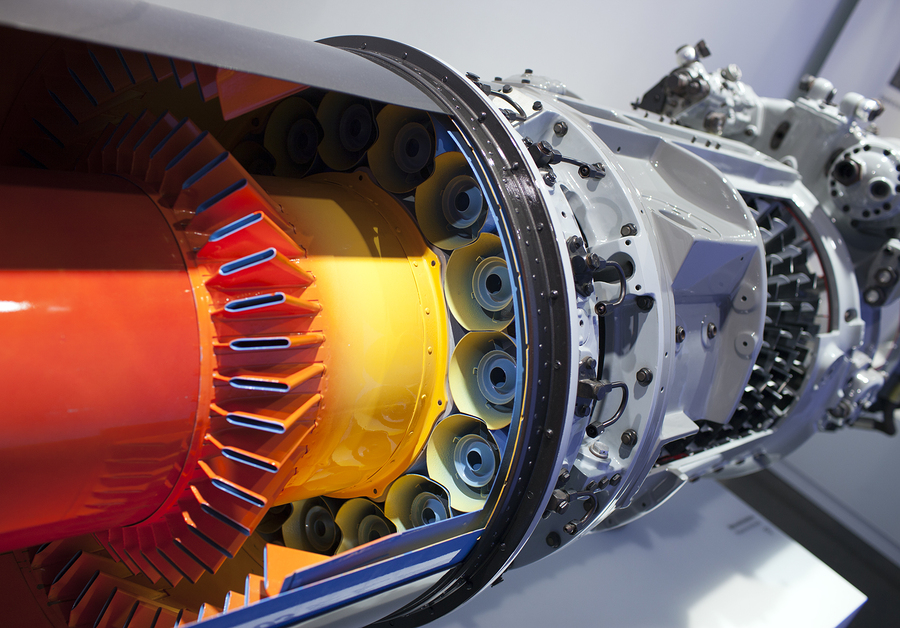Supersonic commercial flight is not new in concept or production. It took hold in the 1960s, culminating in the first Concorde test flight in 1967. Demonstrations followed at the Paris Air Show in 1971 before commercial Concorde flights began in 1976. Due to an aging fleet, lack of cost-effectiveness, environmental concerns, and other issues, the last Concorde flew in the 2003.
But the dream of affordable supersonic commercial flight never ended. And the combination of additive manufacturing and other technologies have sparked new interest in quick, safe, and affordable intercontinental travel.

Changing the aircraft manufacturing industry
Fast forward to the Paris Air Show in 2017 when two powerhouse companies announced a joint venture to utilize additive manufacturing to create an economically viable supersonic aircraft. You’re likely familiar with additive manufacturing as a fast, cost-effective method of producing parts via a 3-D printer. In the case of supersonic flight, 3-D printers use lightweight materials, such as thermoplastics, to create finished pieces that meet demanding aerospace standards and requirements.
These parts are produced quickly and efficiently, often combining what, traditionally, would have been multiple separate components into one part. The average Boeing 737, one of the most common commercial aircraft, is comprised of approximately 367,000 individual parts; additive manufacturing would reduce this number. Not only does this capability increase the speed with which manufacturers can make parts, but it also increases the safety of the final assembly as there are fewer joints, welds, rivets, and other stress points.

Evolving design and disruption
Advances in aerodynamics and engineering provide the second component enabling a return to supersonic flight. Design improvements include sharper wings placed at different angles to reduce friction and offer an overall sleeker profile. Engineering improvements include turbofan engines and greater fuel efficiency.
While the combination of additive manufacturing and supersonic speed may seem disruptive, much of the technology used to create the new breed of commercial flight already exists. Many companies currently use additive manufacturing to create prototypes for further refinement and production. The true disruption comes in combining these applications into one commercial airliner that promises speed, safety, and affordability. Such an aircraft could replace entire fleets and redesign manufacturing operations.

So, when will you be able to fly from New York to London in under four hours? That depends. One startup company, Boom, plans to have its first model up and running by 2018, with widespread use expected to follow within a few years.
